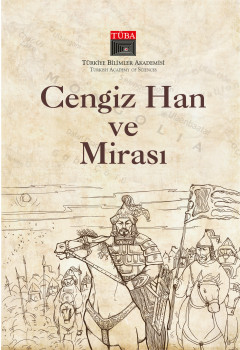Form and Content Analysis in The Nesebname-i

Form and Content Analysis in The Nesebname-i
Nesebname-i Müluk or Şu'ab-ı Pencgâne is a genealogical work which is to be found in the corpus of the famous vizier of Ilkhanate, Rashid al-Din Fazl Allah. This work contains the names of the rulers and their families in world history alongside partial descriptions, including ancestors and caliphs of Prophet Muhammed, rulers of Khitai, Kaisers (rulers of Europe), ancestors and descendants of Genghis Khan, rulers of Bene Israel. His access to historical information about China, the Islamic world, Byzantine, Turkish and Mongol and to include them in the narrative was made possible by Rashid al-Din’s service as a statesman and historian at the Ilkhanate court. The additional part regarding Jewish historyis related to Rashid al-Din’s background.
In the work, the nations of Noah’s sons and human beings are divided into different branches, the names of the rulers of each branch are mentioned and the ancestors and descendants of Genghis Khan are included as an important part of this whole. Thus, the Mongolian dynasties were defined as legitimate dynasties in accordance with Islamic historiography within world history. The way the names in the pedigree are written (writing in a round or square frame, ink color, etc.) reinforces the theme of legitimizing the Cengiz lineage.
Shu’ab has been both a source and an example for the Muizzü’l-ensab prepared in the Timurid palace in terms of form and content. The reproduction of the work in the Timurid palace reflects the perceptions and realities of the Timurid period and is a valuable example of the transfer and updating of tradition. The Muizzü’l-ensab produced in the Timurid court is anonymous and is not as large as the genealogy in the Reşidüddin's corpus; it is limited to the lineage of Genghis Khan and Emir Timur and the officers who served them. Muizz serves the legitimacy of the Timurid rulers.
